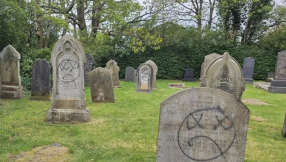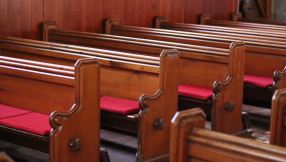Christians and temperance
Into the breach stepped Christian men and women whose hearts were moved with compassion for the families of the men who squandered their small income on alcohol and for children who knew no better than to follow their example. They realised that children especially, “whose bodies were being bruised and broken in factory and colliery, and whose characters were being irreparably corrupted in the beershops”1 needed to be educated since there was no hope of legislation being changed in the near future.
Christians like Lord Shaftesbury worked through Parliament to improve social conditions. But it was Joseph Livesey who first began to make children aware of the evils of drink, for evils they certainly were in the days when there was no social safety net to pick up the pieces of shattered lives. He gave up drinking alcohol in order to set a good example to his own children, but his sphere of influence soon widened when he began the Preston Temperance Society in March 1832. This marked the rapid growth of a temperance movement within the Christian community that soon incorporated children as well since they were the ‘hope for the future’.
The first Band of Hope temperance club for children was founded in Leeds in 1847 by the Rev Jabez Tunnicliffe, a Baptist minister who had witnessed first hand the devastating effect of drunkenness on families. He was supported by Ann Jane Carlile, a devout Irish woman who felt called to minister to the poor and needy and regularly visited Newgate Prison in Dublin. She had observed that many of the inmates blamed their incarceration on crimes committed while under the influence of alcohol.
Children who attended the weekly Band of Hope meetings were encouraged to sign a pledge agreeing not to use “intoxicating liquors as a beverage”2. Band of Hope clubs spread rapidly throughout the country and by 1901 the organisation claimed a membership of 3.5 million children and young people.
Admittedly, there was not much else for children to do at the time, but the Band of Hope did more than just lecture children about the evils of drink. It provided a community – almost a sub-culture – to which children felt they belonged. Caring Christian leaders, all of them abstainers, provided good role models and ensured that the weekly clubs were entertaining and uplifting. Badges were offered for achievement and publications, beautifully illustrated, carried cautionary tales and stories that encouraged Christian citizenship and healthy lifestyles. Many child members stayed on to become adult leaders in their turn.
Membership of the Band of Hope gradually declined when social conditions began to improve in the mid-20th Century and there was more for children to do. Nevertheless the organisation has survived to the present day, now known as Hope UK and still working to enable children and young people to make drug and alcohol-free choices. Today, Christian volunteers are trained to become Drug Educators in their own communities. They continue the work begun over 150 years ago by heroes of faith who served the purpose of God in their generation. Perhaps there is something we can learn from our predecessors and how they approached the drinking problem of their age?
Notes
1 The Hope of the Race, Robert Tayler, 1946, pg 14
2 ‘The Lives and the Souls of the Children’: The Band of Hope in the North West, Annemarie McAllister,University of Central Lancashire













